
BASIC MOVEMENT IN TEKKEN
In fighting game communities, you will likely hear the terms "2D" and "3D" used a lot to classify fighting games. This does not refer to the graphics of the game, but rather its movement options; Tekken is a 3D fighting game, meaning a player can move their character forward or backward, up or down and sideways (three dimensions). This differs from a 2D fighting game such as Street Fighter, where a player can only move their character forward or backward and up or down (two dimensions).
In Tekken, certain notations are given to certain movements: f is forward, b is back, u is up and d is down. Combinations of any of the four may also be used (e.g. d/f is down-forward). See our notation chart for a full guide on movement notations.
The following are the basic ways to move your character:
-
Hold f to walk forward
-
Hold b to walk backward
-
Tap u to sidestep (left on the left side and right on the right side)
-
Tap d to sidestep (right on the left side and left on the right side)
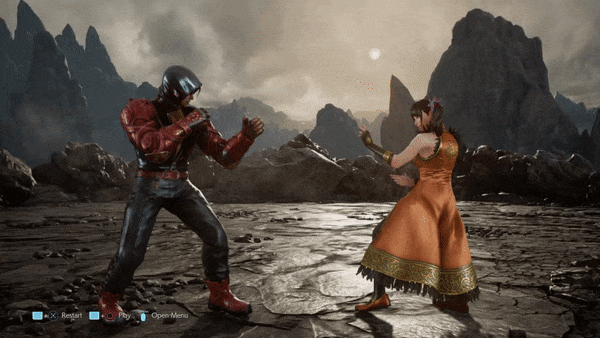
-
Hold u to jump
-
Hold u/f to jump forward
-
Hold u/b to jump backward
-
Hold d to crouch
-
Hold d/f to crouch forward

Players can also dash to close distance quicker and sidewalk to get further round the opponent.
-
Double tap f (f, f) to dash forward
-
Double tap b (b, b) to backdash
-
Tap and hold u to sidewalk
(left on the left side and right on the right side) -
Tap and hold d to sidewalk
(right on the left side and left on the right side)
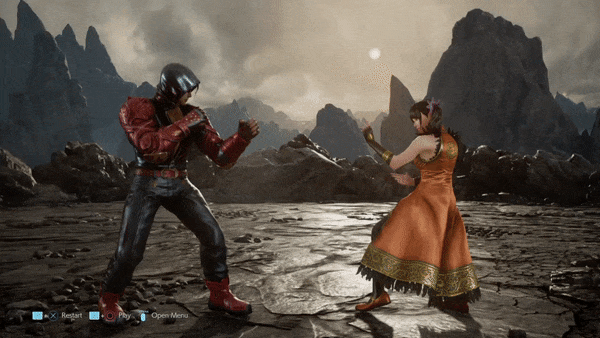
Dashing forward from a distance will make the character run. A run can be cancelled before reaching the opponent by using any of the movements listed above, except a forward walk or forward dash.
-
Running two steps to the opponent will result in an ultimate tackle, which can be followed up with various options depending on the character.

-
Running three or more steps to the opponent will result in a running tackle, a mid power crush that deals decent damage (see guide on attacking and defending for more on power crushes).
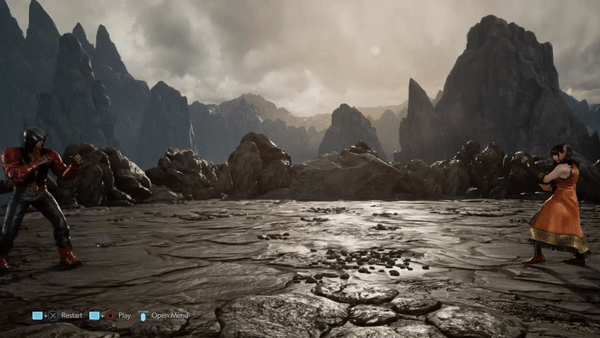
Popular advanced movement techniques
-
The Korean backdash or backdash cancel is a technique used to create distance with the opponent very quickly. This is done by cancelling a backdash by crouching, then repeating the same sequence over and over again (i.e. b, b, d, b, b, d, b, b, d, b… / b, b, d/b, b, b, d/b, b, b, d/b, b…).
The Korean backdash can be done with any character, though it is harder to do with characters with back-sways (i.e. Bryan Fury, Nina Williams and Paul Phoenix).
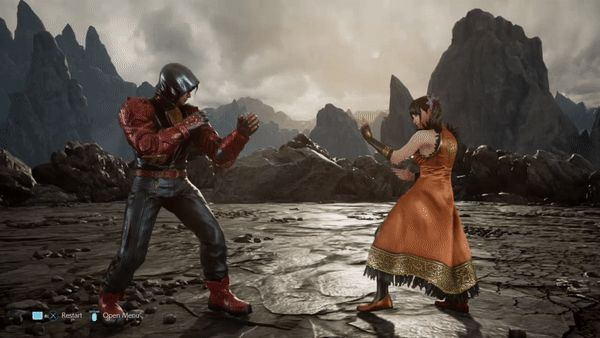
-
The sidestep cancel is a technique used to get around the opponent or get away from the wall very quickly. This is done by cancelling a sidestep by tapping back, then repeating the same sequence over and over again (i.e. d, b, d, b, d, b… / u, b, u, b, u, b…).
The sidestep cancel can be done with any character.
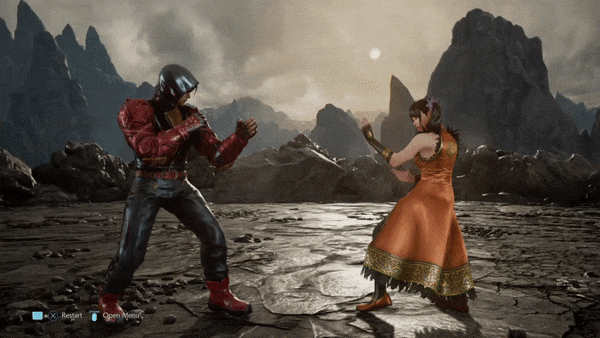
-
The backflip is a technique used to create distance with the opponent, as well as creating whiff punish opportunities in certain situations. This is done with the input u, u/b, b.
The backflip can be done by all female characters (except Josie Rizal, Julia Chang, Katarina Alves and Kazumi Mishima), as well as Eddy Gordo (into his Handstand), Lars Alexandersson, Lee Chaolan (into his Hitman stance), Noctis Lucis Caelum and Yoshimitsu.

-
The wall run is a technique used for various purposes at the wall. This is done with the input u, u/b, b with your character's back to the wall.
The wall run can be done with any character, though each character's wall run is different. Be sure to find out what your character's wall run looks like and how you can use it to your advantage.
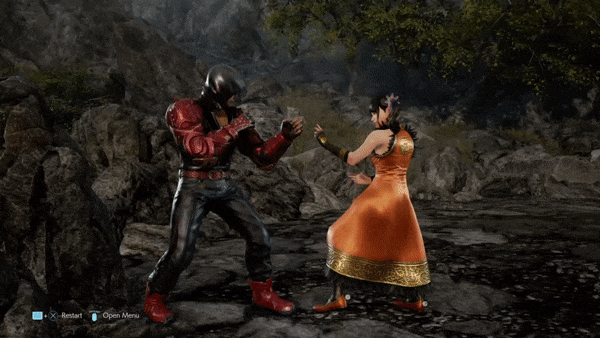
-
The wavedash is a technique used to close distance with the opponent very quickly and/or put them in a mix-up. This is done by looping multiple crouch dashes (f, n, d, d/f) together.
The only characters capable of wavedashing are Armor King, Bob Richards, Devil Jin, Heihachi Mishima, Hwoarang, Jin Kazama, Kazuya Mishima and King (whose wavedash is more difficult, consisting of the initial aforementioned input and then subsequent inputs of f, d, d/f, f, n).






